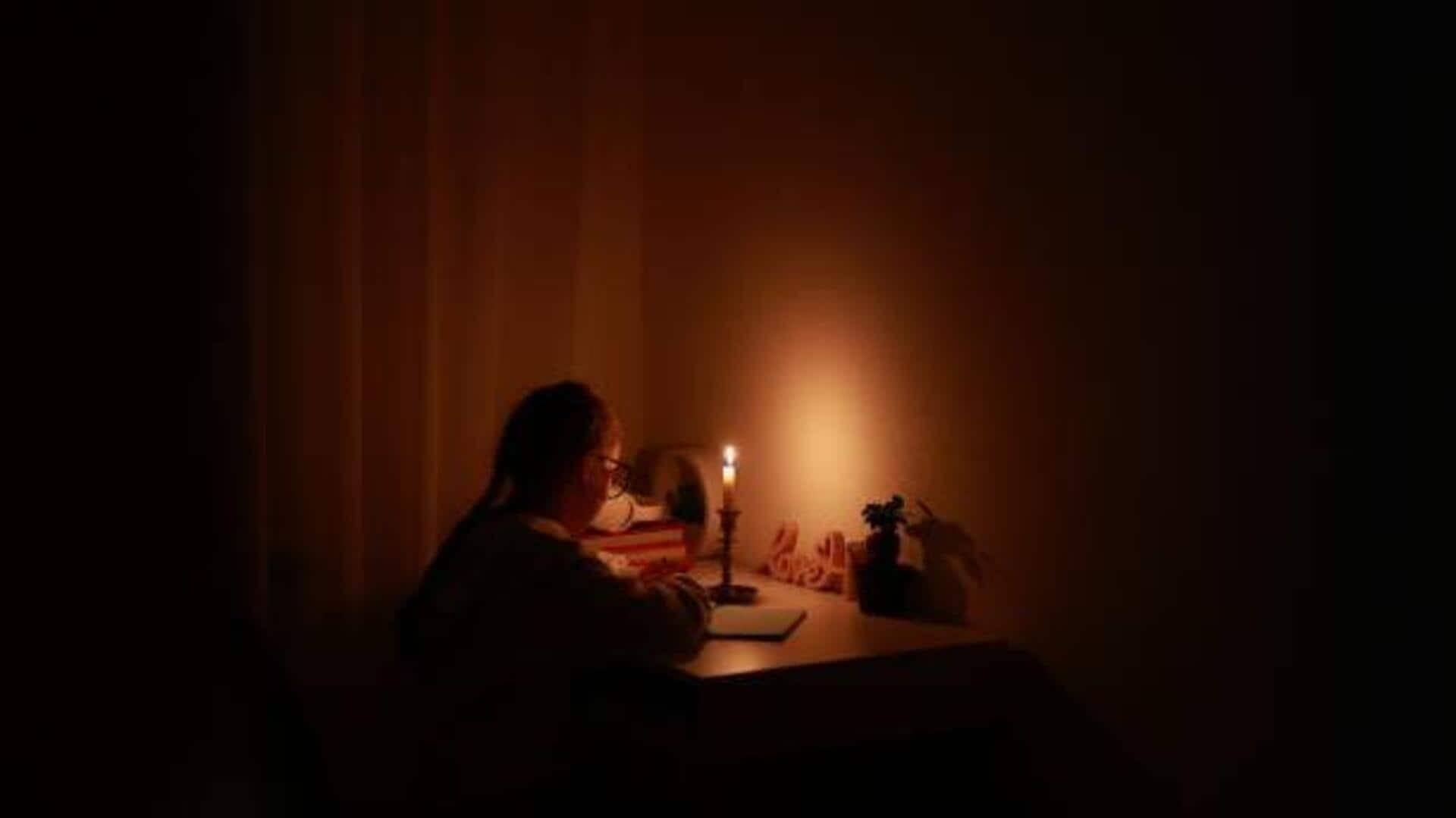
Does reading in low light harm your eyes?
What's the story
For ages, we've been told that reading in low light can damage our eyes. The myth has been passed down generations, making many of us wary of dim lighting while reading or working. But, is there any truth to the claim? Let's find out if low light reading really harms your eyes or if it's just a myth.
Myth origins
Understanding the myth
The origins of the myth can be traced back to the early 20th century, when poor lighting was thought to cause eye strain. It was believed that insufficient light made the eyes work harder, leading to potential damage over time. However, modern research has shown that while low light may cause discomfort, it doesn't cause permanent harm to the eyes.
Discomfort vs. harm
Eye strain vs. damage
Reading in low light may cause temporary discomfort, such as dry eyes or headaches, but it doesn't cause any lasting damage. The eyes may feel tired because they have to focus more intensely, but this is a natural response and not an indication of harm. Once you rest your eyes or change lighting conditions, the discomfort usually goes away.
Best practices
Optimal lighting conditions
To minimize eye strain while reading, opt for well-distributed lighting rather than direct glare on pages or screens. Use adjustable lamps with warm light tones and position them to illuminate your work area evenly. Regular breaks every 20 minutes can also help reduce eye fatigue by giving your eyes a chance to relax.
Eye health maintenance
Importance of regular eye check-ups
While reading in low light won't damage your eyes, regular eye check-ups are important for overall eye health. An optometrist can help you with vision problems that may arise due to other reasons, like age-related changes or digital screen exposure. Regular check-ups ensure that any potential issues are caught early and treated effectively.